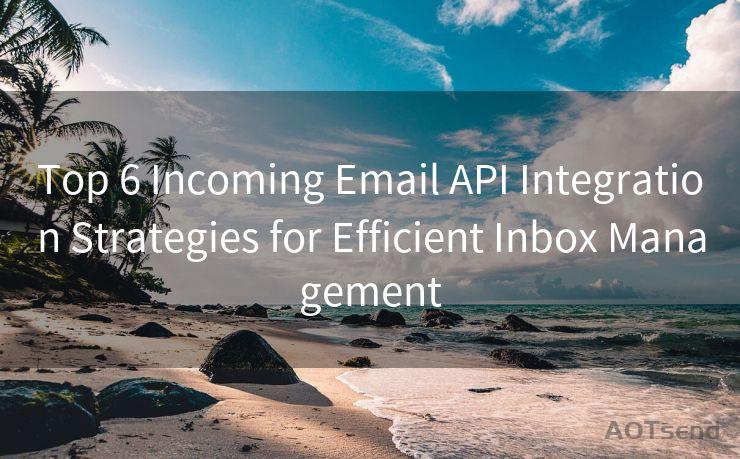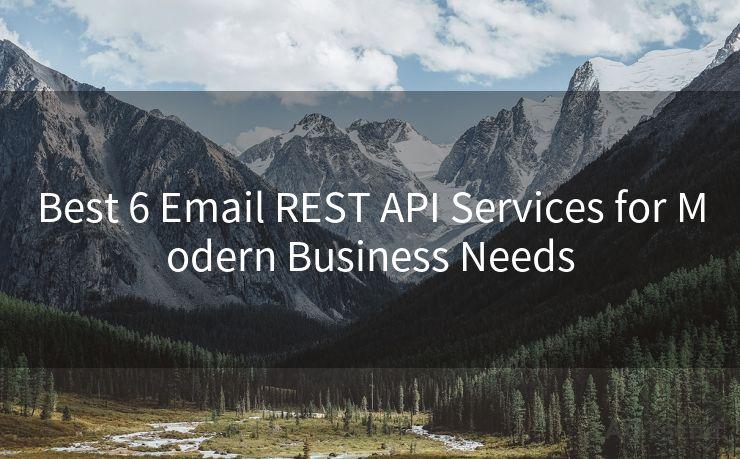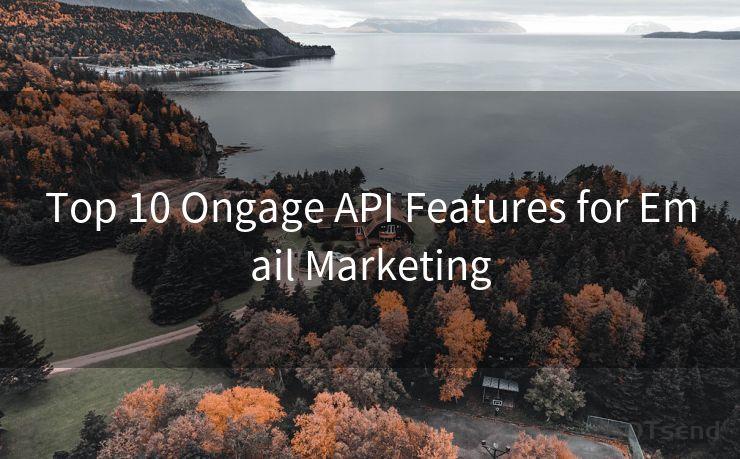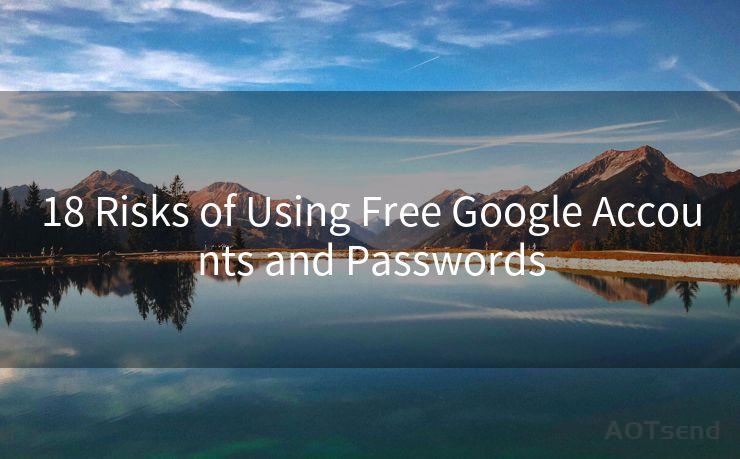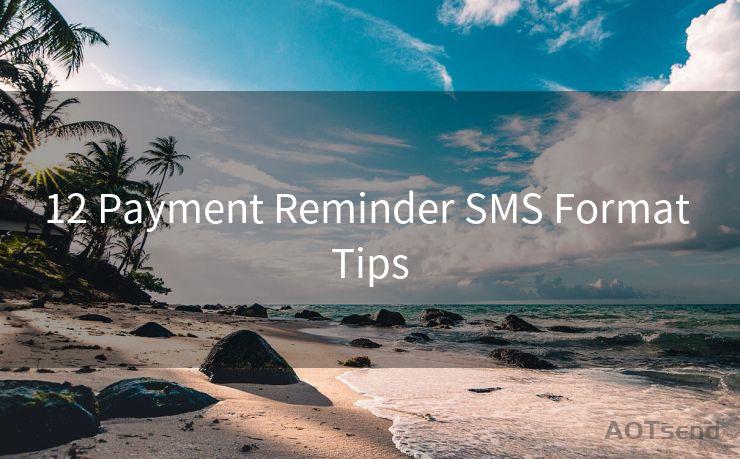18 2FA Email Authentication Best Practices




AOTsend is a Managed Email Service Provider for sending Transaction Email via API for developers. 99% Delivery, 98% Inbox rate. $0.28 per 1000 emails. Start for free. Pay as you go. Check Top 10 Advantages of Managed Email API
In the digital age, security is paramount, and two-factor authentication (2FA) along with email authentication are crucial components of any robust security strategy. Not only do they protect your online assets, but they also indirectly contribute to improving your Google SEO rankings. Here are 18 best practices that will help you strengthen your security posture and potentially enhance your search engine optimization efforts.
1. Understanding 2FA and Its Importance
Two-factor authentication adds an extra layer of security to your online accounts. By requiring two forms of identification, it makes it harder for unauthorized users to gain access. This not only protects your data but also ensures that your website or platform is secure, a factor that Google considers when ranking sites.
2. Implementing 2FA Correctly
When implementing 2FA, it's essential to choose a reliable service and ensure it integrates smoothly with your existing systems. User-friendliness is key to encouraging widespread adoption among your users.
3. Email Authentication: The Basics
Email authentication protocols like DKIM, SPF, and DMARC help verify the sender's identity and reduce the chances of spam or phishing emails. These protocols enhance email deliverability and improve your domain's reputation, which indirectly affects SEO.
4. Setting Up Email Authentication
Properly configuring email authentication requires careful attention to detail. Ensure your DNS settings are correct and that all relevant records are in place. Regularly test your configuration to ensure it's working as intended.
5. The SEO Benefits of Security
A secure website is more likely to be trusted by users and search engines. By implementing 2FA and email authentication, you're not only protecting your users but also signaling to Google that your site is a safe and reliable source of information.
6. User Experience and Security
A seamless user experience is crucial for keeping visitors engaged. Make sure that the 2FA and email authentication processes are intuitive and don't create unnecessary friction for users.
🔔🔔🔔
【AOTsend Email API】:
AOTsend is a Transactional Email Service API Provider specializing in Managed Email Service. 99% Delivery, 98% Inbox Rate. $0.28 per 1000 Emails.
AOT means Always On Time for email delivery.
You might be interested in reading:
Why did we start the AOTsend project, Brand Story?
What is a Managed Email API, Any Special?
Best 25+ Email Marketing Platforms (Authority,Keywords&Traffic Comparison)
Best 24+ Email Marketing Service (Price, Pros&Cons Comparison)
Email APIs vs SMTP: How they Works, Any Difference?
7. Monitoring and Maintenance
Regularly monitor your security measures to ensure they're working effectively. Stay up to date with the latest security patches and updates to maintain a robust defense against threats.
8. Educating Users on 2FA and Email Authentication
User education is vital for the successful implementation of any security measure. Provide clear and concise guides on how to set up and use 2FA and email authentication.
9. Balancing Security and Convenience
While security is essential, it's also important to strike a balance between tight security measures and user convenience. Find the right balance to ensure a positive user experience.
10. Responding to Security Threats

Have a plan in place to respond quickly and effectively to any security threats that may arise. This not only protects your users but also maintains your site's reputation and SEO ranking.
11. Integrating Security into Your SEO Strategy
Consider security as an integral part of your overall SEO strategy. A secure and trusted site is more likely to attract and retain visitors, leading to improved search rankings.
12. Leveraging Security for Brand Building
Showcasing your commitment to security can be a powerful brand-building tool. Use it to differentiate your site from competitors and build trust with potential customers.
13. Staying Ahead of the Curve
Keep up with the latest trends in security and SEO to ensure your site remains competitive and secure. Regularly review and update your security measures to adapt to evolving threats.
14. Measuring the Impact of Security on SEO
Use analytics tools to measure the impact of your security measures on SEO. Track key metrics like bounce rate, time on site, and conversion rate to assess the effectiveness of your strategy.
15. Optimizing for Mobile Devices
Ensure that your security measures, including 2FA and email authentication, are optimized for mobile devices. This is crucial as more and more users access the internet via mobile devices.
16. The Role of HTTPS
Implementing HTTPS is another crucial security measure that can positively impact your SEO. It not only encrypts data but also signals to search engines that your site is secure.
17. Backlinks and Security
Building backlinks from reputable sites can enhance your SEO efforts. Ensure that these links come from secure and trusted sources to further bolster your site's reputation.
18. Ongoing Security Audits
Conduct regular security audits to identify and address any potential vulnerabilities. This proactive approach helps maintain a high level of security, which in turn benefits your SEO efforts.
By following these best practices




AOTsend adopts the decoupled architecture on email service design. Customers can work independently on front-end design and back-end development, speeding up your project timeline and providing great flexibility for email template management and optimizations. Check Top 10 Advantages of Managed Email API. 99% Delivery, 98% Inbox rate. $0.28 per 1000 emails. Start for free. Pay as you go.
Scan the QR code to access on your mobile device.
Copyright notice: This article is published by AotSend. Reproduction requires attribution.
Article Link:https://www.aotsend.com/blog/p6566.html

